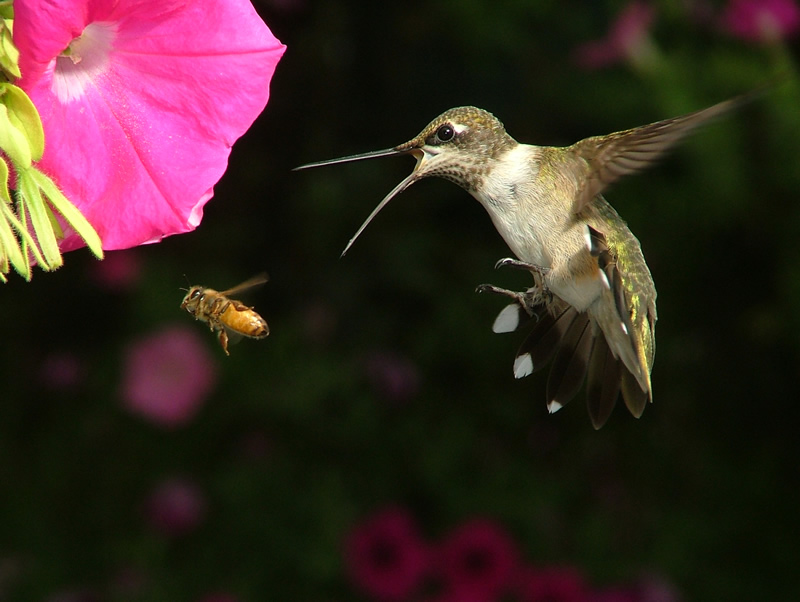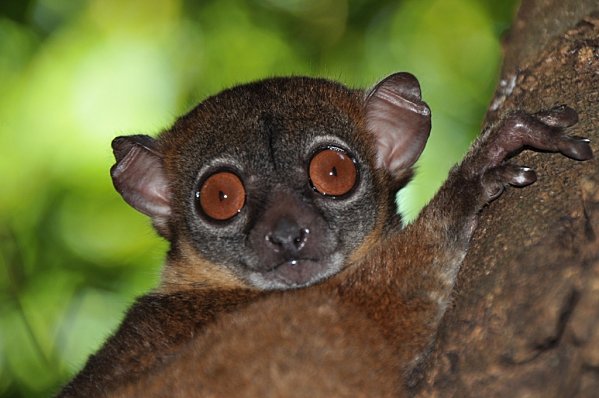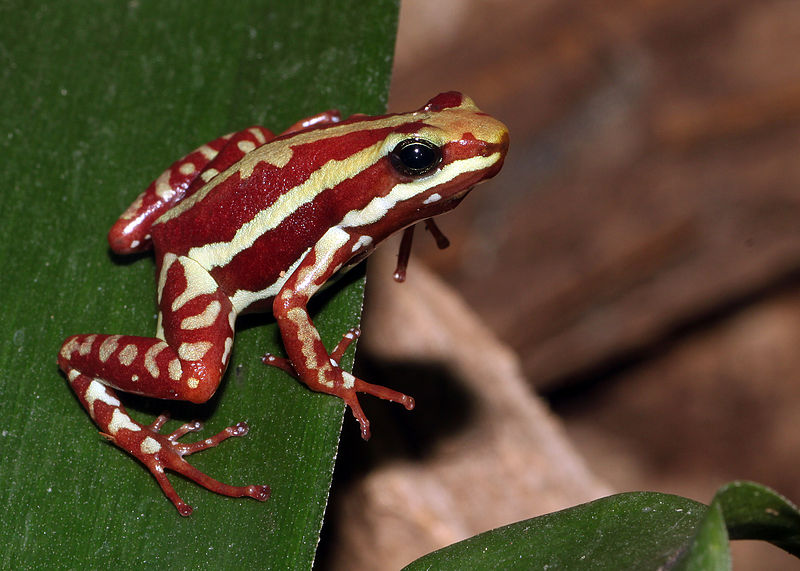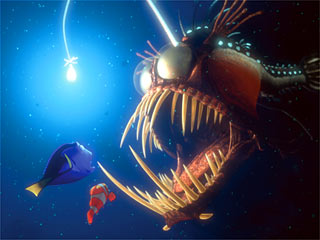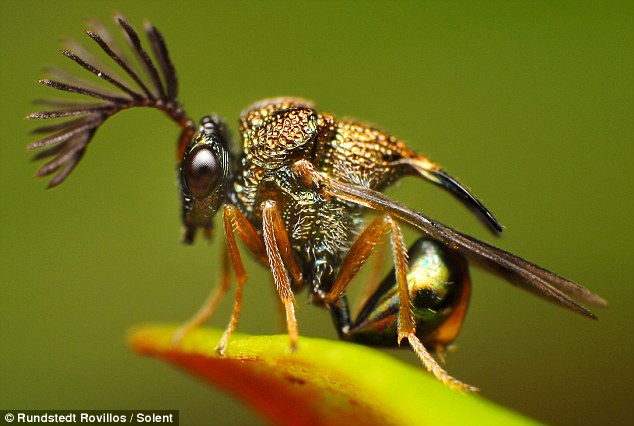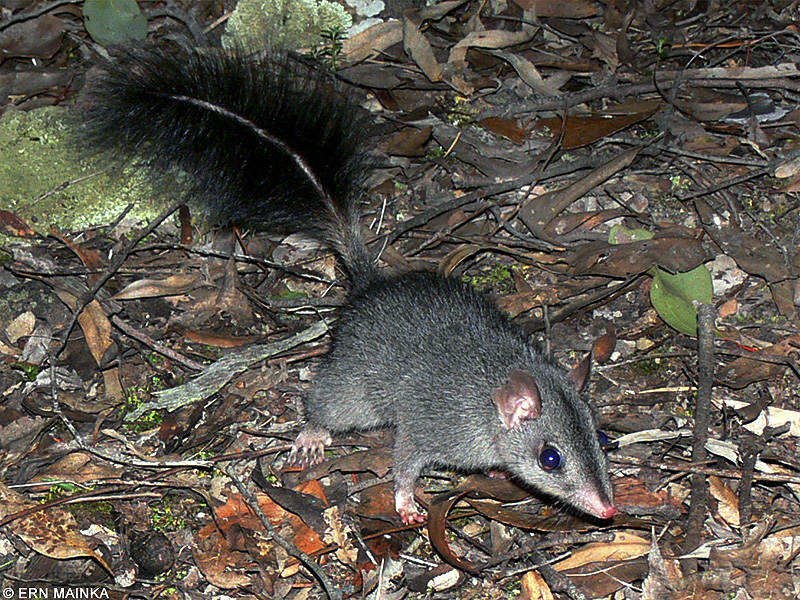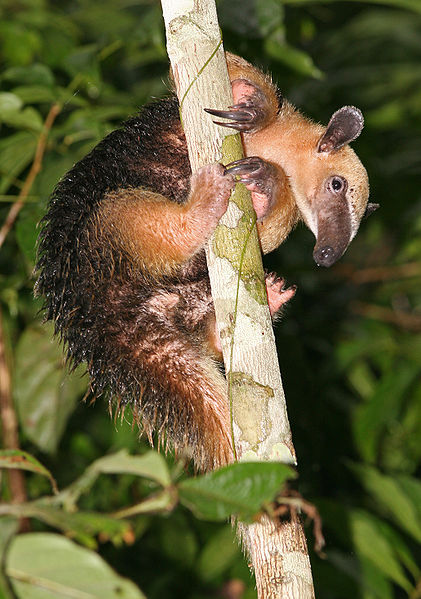
Did You Know?
- The Lesser Anteater emits an odour that is 4 to 7 times stronger than a skunk (Tweet This)
- These particular anteaters are just as comfortable in the trees as they are on the ground
- The coarse fur of the Lesser Anteater keeps angry ants from hurting them while they feast on their ant hill
- Another name for this unique animal is the Tamandua (pronounced “Tuh Man da wehs”)
- The mouth of the Lesser Anteater is roughly the same width as a pencil eraser (Tweet This)
What Is That Smell?!?
You may be surprised to learn that the Lesser Anteater is actually 4 to 7 times smellier than the Skunk but I swear this is true. In fact, a few reports have indicated that this foul odour can be detected up to 50 meters (164 feet) away. Much like the skunk, the anteater has the ability to spray this terrible, toxic perfume whenever they feel threatened so make sure you don’t surprise one of these animals on your next trip to South America. Incidentally, this strong scent does work well at persuading potential predators to look somewhere else for a quick snack. After all, who wants to eat something that smells like month old, rotting garbage?
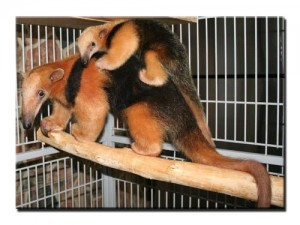
The Ant Specialist
With a scent that strong you would think the ants and termites would smell them coming but alas they are usually surprised when the strong claws of the Lesser Anteater rips through their home. Once inside this ant and termite specialist will use their 41 cm (16 inch) long (and sticky) tongue to capture their tasty meal. Interestingly enough, this anteater does not have any teeth and leave the “chewing” work for the stomach, which is specially designed to grind up the swallowed food. It may sound odd but this specialist is good at what they do and will typically consume over 9000 ants in a single day, so if you are having an ant problem, you may want to consider getting a pet Lesser Anteater.
A Thoughtful Mother
So by now the Lesser Anteater sounds like a smelly, heartless animal, however, they do have a sensitive side to them as well. For instance, the mother will give birth to one offspring in the spring but the mother will carry their new bundle of joy on her back for the next 3 months. Imagine trying to get anything done with a little baby strapped to your back? Actually, this is probably why the female is known to place her child on a nearby branch when she goes hunting. I guess you don’t want to risk your little one getting bit by ants and termites. See these smelly, destructive animals can be thoughtful!

